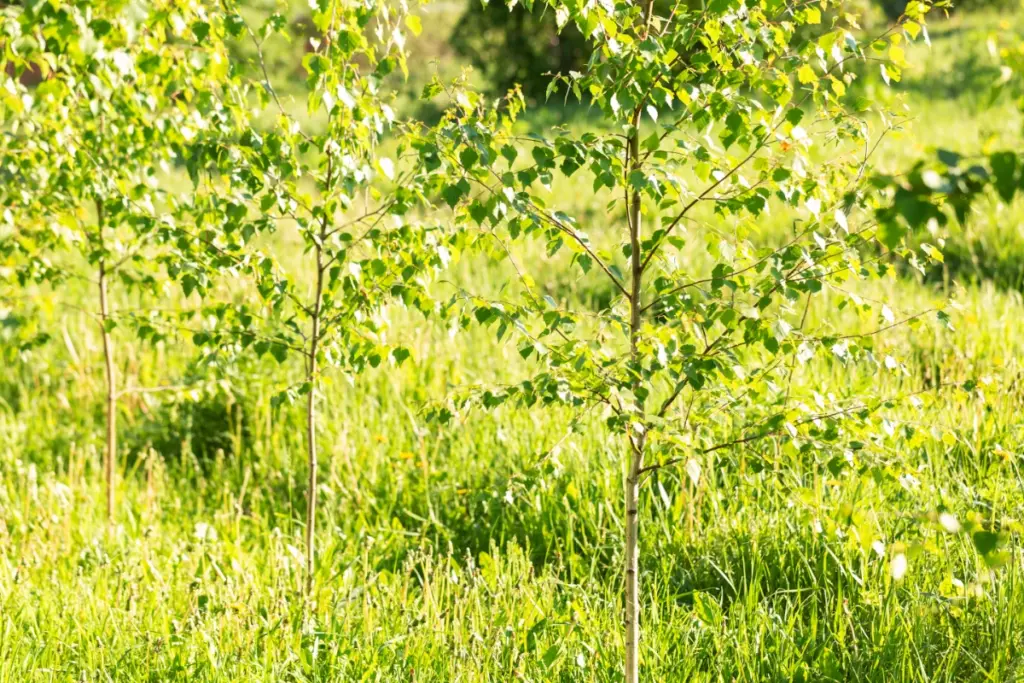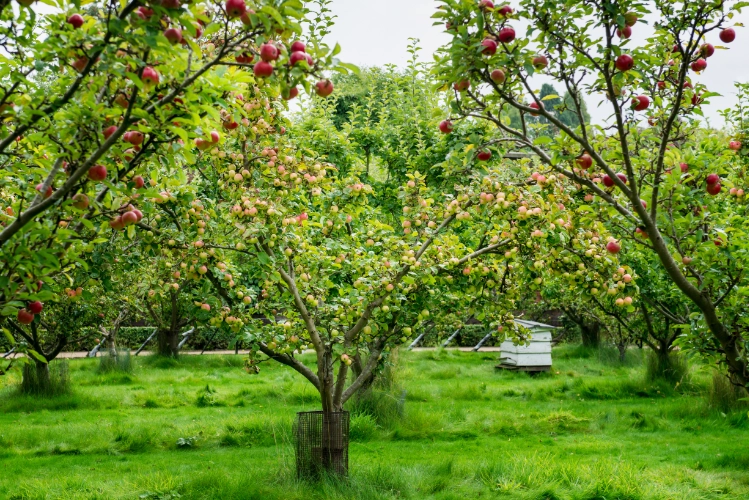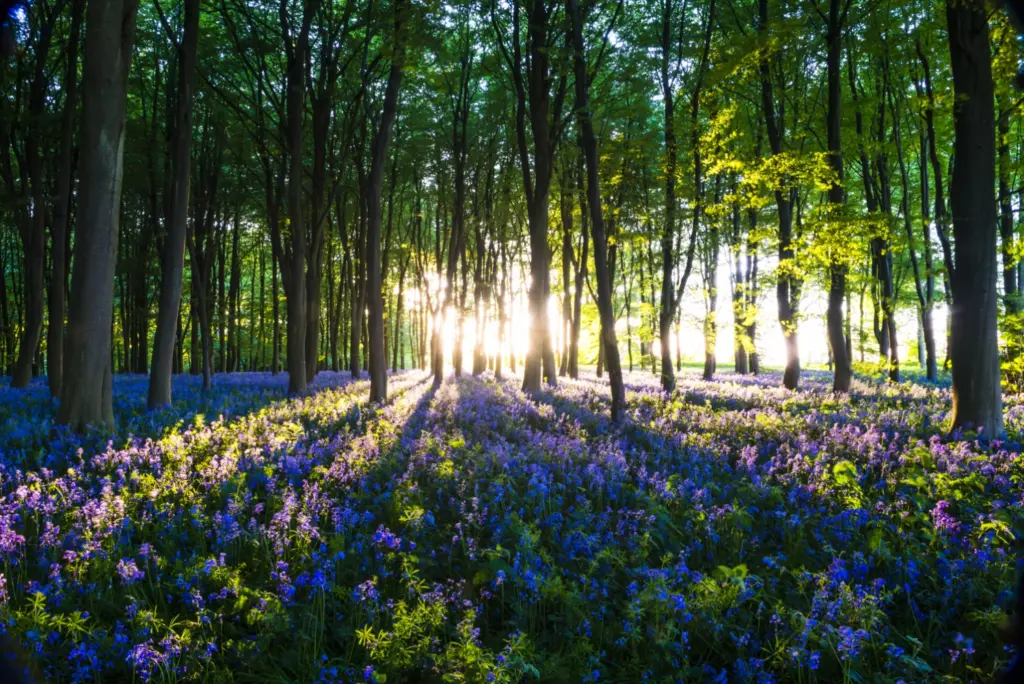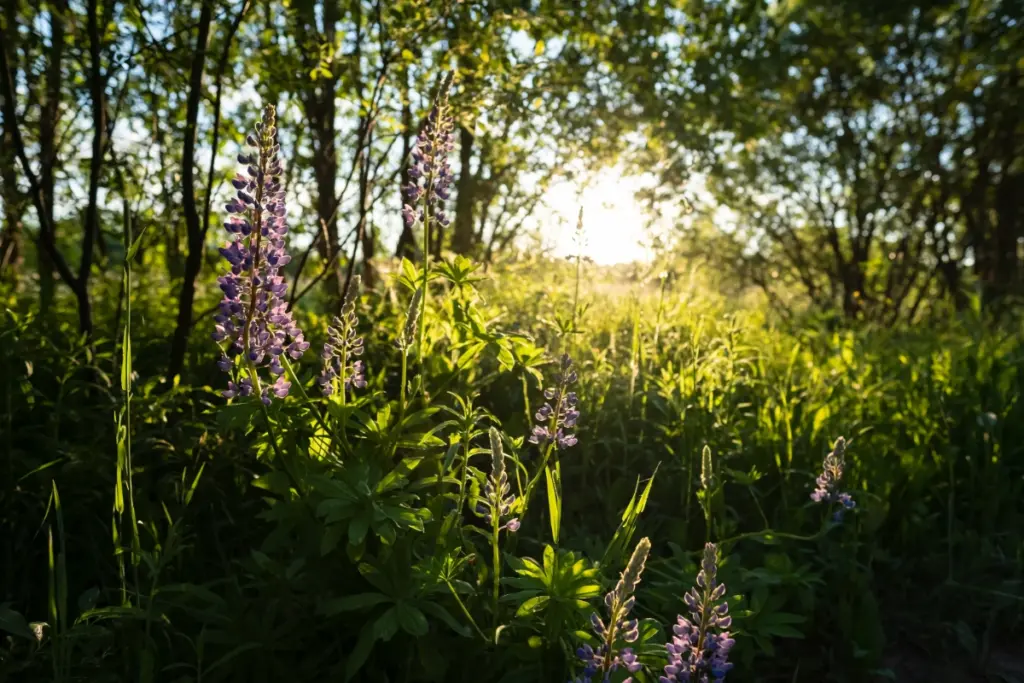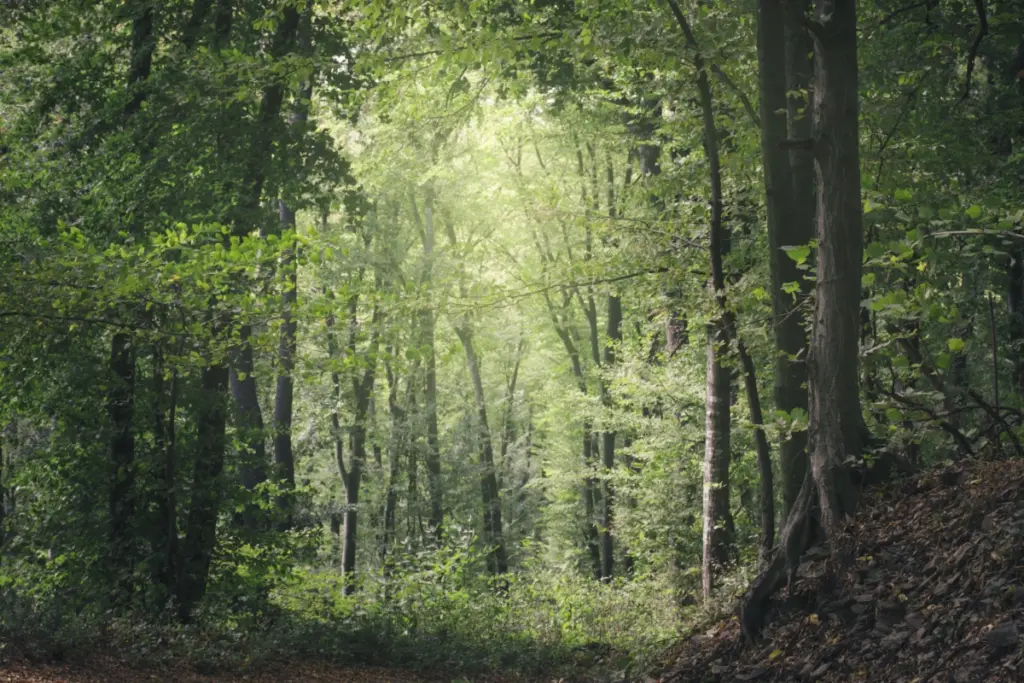What Is a Natural Burial ? A Simple, Gentle Alternative to Traditional Burial and Cremation
When thinking about end-of-life choices, most people imagine either cremation or a traditional graveyard burial. But there’s a third option—one that’s peaceful, sustainable, and deeply connected to the land.
It’s called a natural burial.
In this guide, we’ll explore what a natural burial is, how it differs from cremation and traditional burial, and why more people across the UK are choosing this meaningful, eco-friendly path.
What Is a Natural Burial?
A natural burial—also known as a green or eco burial—is the practice of being laid to rest in a way that allows the body to return naturally to the Earth.
It avoids chemicals, concrete, synthetic materials, and any process that harms the environment. Natural burials take place in natural burial grounds, such as meadows, woodlands, or conservation areas.
Everything used—from the coffin or shroud to the burial site—is chosen with the goal of minimal environmental impact and maximum care for the planet.
How Is a Natural Burial Different from a Traditional Burial?
| Traditional Burial | Natural Burial | |
|---|---|---|
| Location | Cemetery or graveyard | Woodland, meadow, or nature reserve |
| Coffin | Often hardwood, metal-lined | Biodegradable: willow, cardboard, wool, etc. |
| Embalming | Common | Not permitted |
| Grave Lining | Concrete or plastic liners often used | No vaults or liners allowed |
| Markers | Headstones or plaques | Trees, wildflowers, or GPS coordinates |
| Maintenance | Mowed lawns, chemicals, headstone upkeep | Left wild, supporting wildlife and native plants |
Traditional burials often focus on permanence and appearance, while natural burials focus on renewal and gentle return.
How Does Natural Burial Compare to Cremation?
Cremation is still the most common form of funeral in the UK—but it’s not the most eco-friendly.
| Cremation | Natural Burial | |
|---|---|---|
| Carbon Emissions | High—releases CO₂ and pollutants | Low—no emissions involved |
| Ashes | Remain and may be scattered or buried | Body decomposes naturally into the soil |
| Materials | Usually involves a standard coffin | Requires biodegradable materials only |
| Environmental Impact | Uses significant energy and fossil fuels | Supports soil health, tree growth, and biodiversity |
While cremation may seem simple, it requires high energy use and produces pollutants. Natural burial offers a lower carbon footprint and can help restore nature.
Where Do Natural Burials Take Place?
Natural burials take place in natural burial grounds—peaceful places designed for conservation and reflection. These may include:
-
Woodland burial grounds
-
Wildflower meadows
-
Orchards or rewilding sites
-
Private land set aside for sustainable burial
There are over 250 natural burial grounds in the UK, and the number is growing as interest rises.
Unlike traditional cemeteries, these sites often look and feel like nature reserves. There are no rows of stones—just trees, plants, and paths winding through wild beauty.
What Are You Buried In?
In a natural burial, only biodegradable environmentally friendly coffins or shrouds are used. Some popular options include:
-
Cardboard coffins
-
Willow or wicker coffins
-
Bamboo, seagrass, or rattan
- Banana Leaves
-
Wool or felt
-
Cotton or linen shrouds
-
Mycelium / Mushroom coffins
No embalming, plastics, or metal fixtures are allowed—everything must return to the earth naturally.
What Are the Benefits of a Natural Burial?
Choosing a natural burial offers many emotional, environmental, and personal benefits:
Environmental Benefits
-
No pollution from chemicals or cremation
-
No permanent grave markers or concrete
-
Supports wildlife, pollinators, and soil regeneration
Personal Benefits
-
A peaceful, beautiful setting in nature
-
A simple, meaningful farewell
-
Often lower cost than traditional funerals
Legacy Benefits
-
Helps protect land from development
-
Creates or supports long-term nature reserves
-
Leaves a positive environmental impact for future generations
Natural Burials
A natural burial offers a way to return to the Earth simply, respectfully, and in harmony with the land. Whether you're planning ahead or thinking about a loved one, this gentle approach is a beautiful alternative to cremation or traditional burial.
It’s a farewell that gives something back—nourishing the soil, protecting wild places, and leaving a living legacy of peace.

